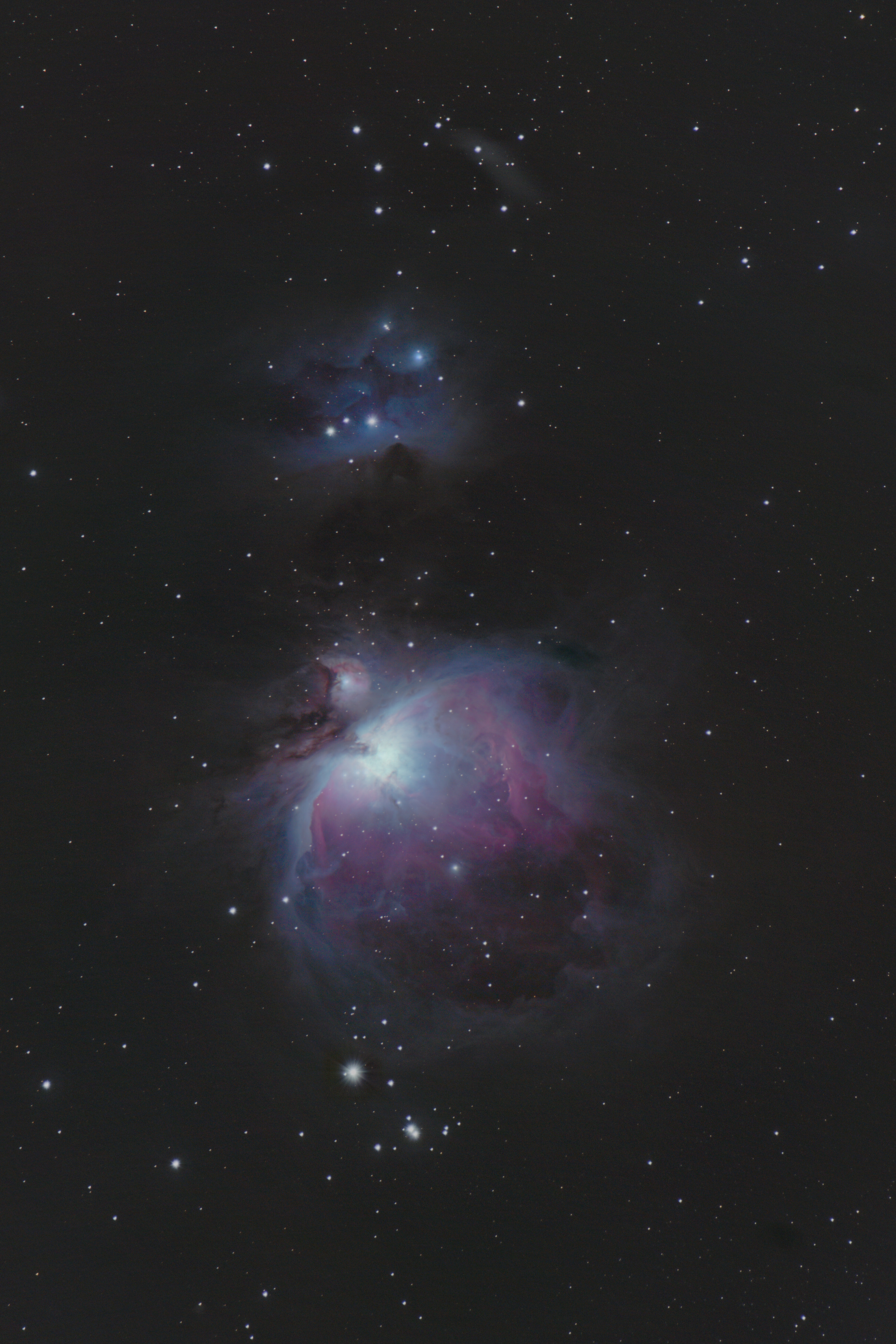I haven't built the OAT but I have built the larger variant (OpenAstroMount). OAM is pretty well designed in my opinion, with the biggest weak point being the connection to the tripod. In my case I machined a replacement for the printed part.
I believe OAT should be more than enough for light setup, but you have to make sure you have a good place to set it up. It isn't designed to sit on a tripod. They have a new model in the works (OpenAstroExplorer) which I believe is designed for tripod use without being as massive as the OAM.
You can bring the cost down by purchasing components for cheap on AliExpress. That's what I did for my OAM. Take advantage of their sale events too. You'll want to avoid cheaping out too much on certain motion components (namely pulleys and belts, possibly also bearings). For aluminum extrusions, a local supplier might be cheaper, especially if you can buy a long section and cut it yourself.
You could also look at the OG Star Tracker for a cheaper build, though I believe that doesn't support GoTo and may not have as good performance.


Sony v Connectix is the actual case that set the precedent for emulation, not Bleem. The Bleem case decided whether or not the use of screenshots of copyrighted games to advertise their emulator was legal. I believe it just deferred to the Connectix case for the legality of the emulator.